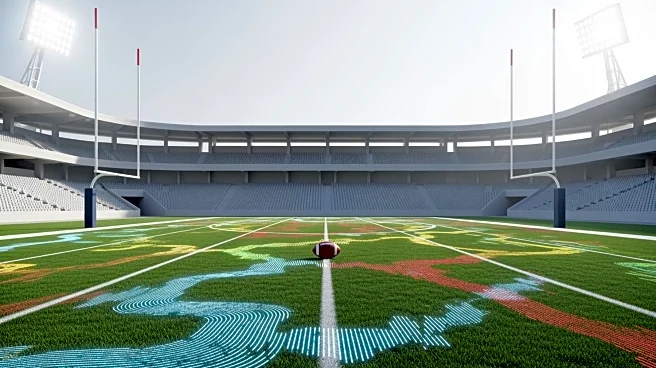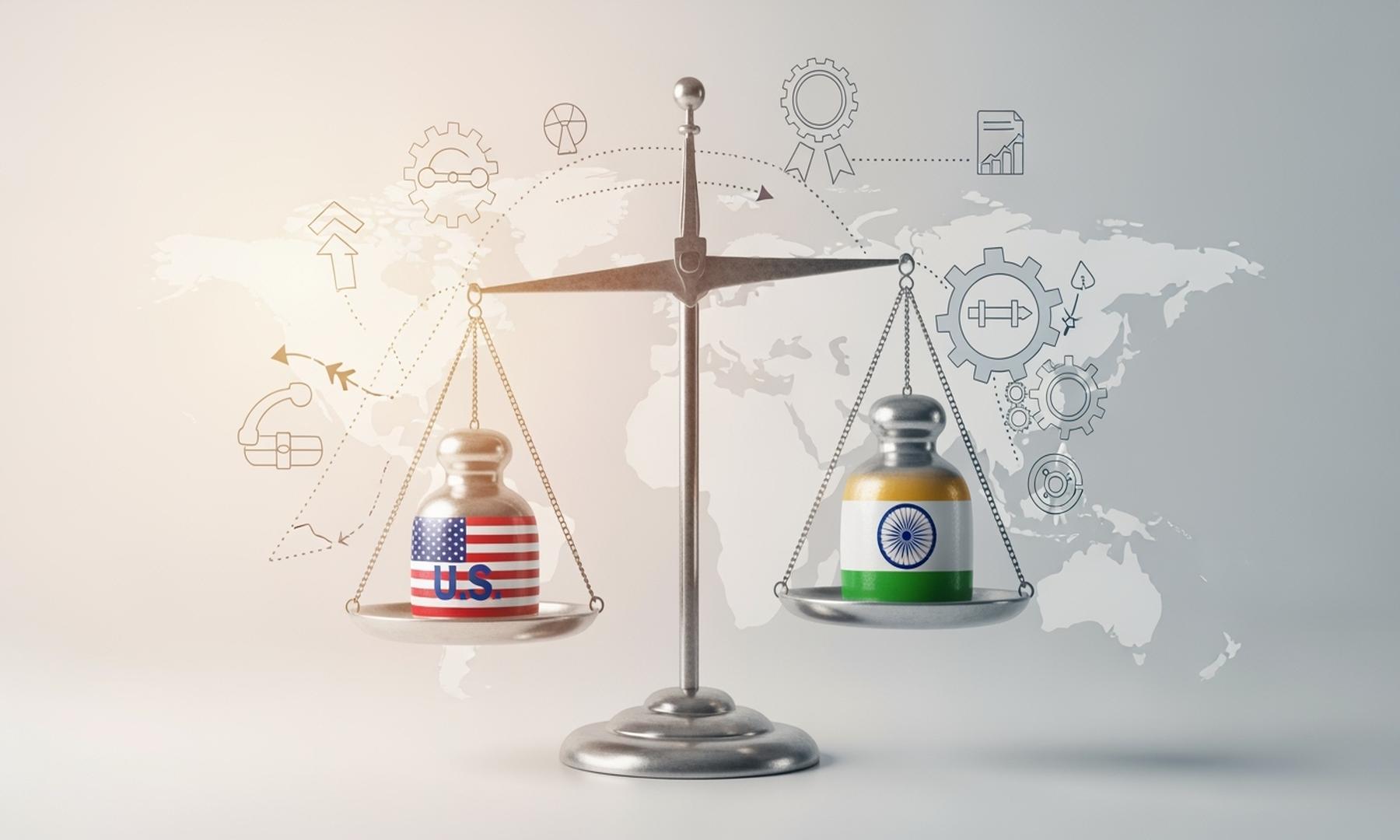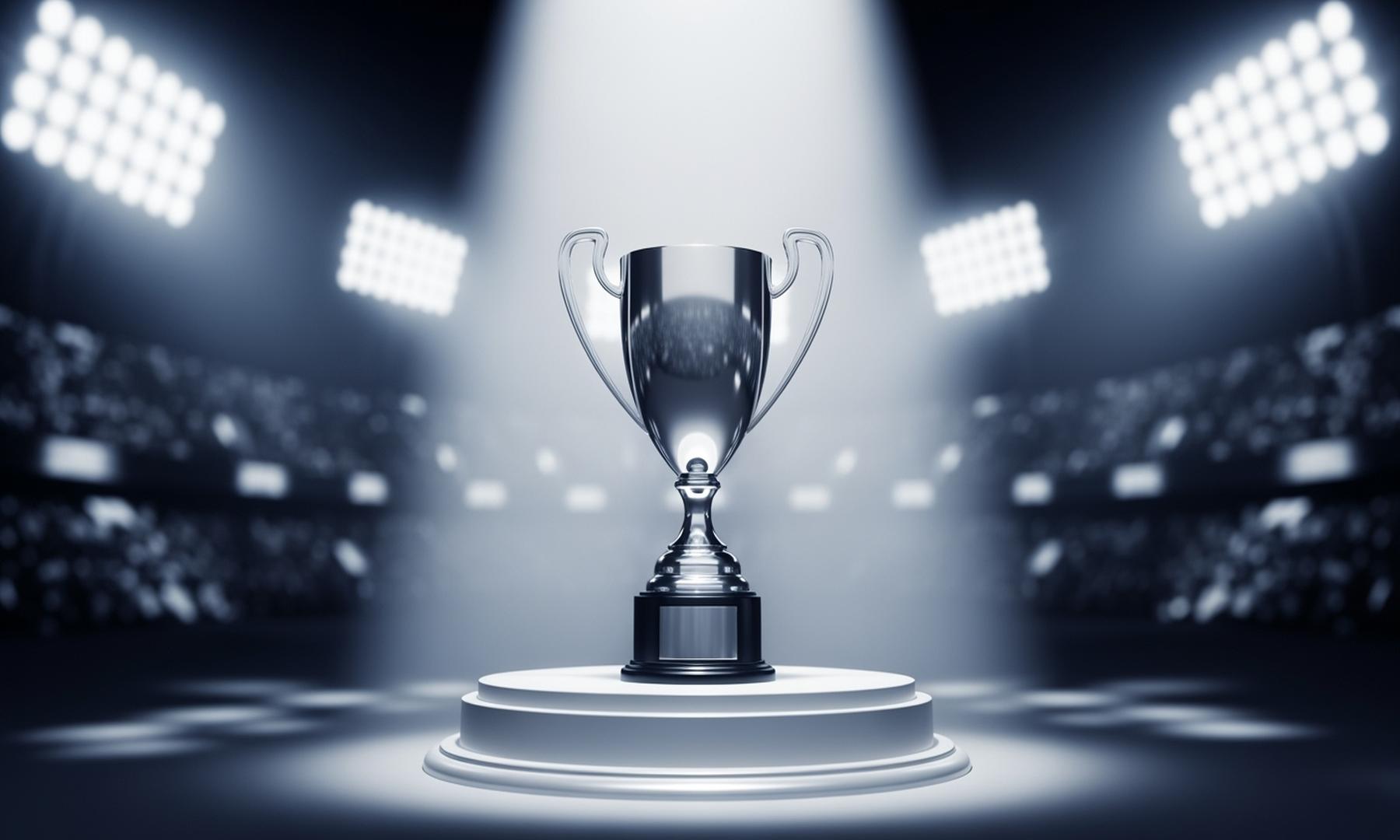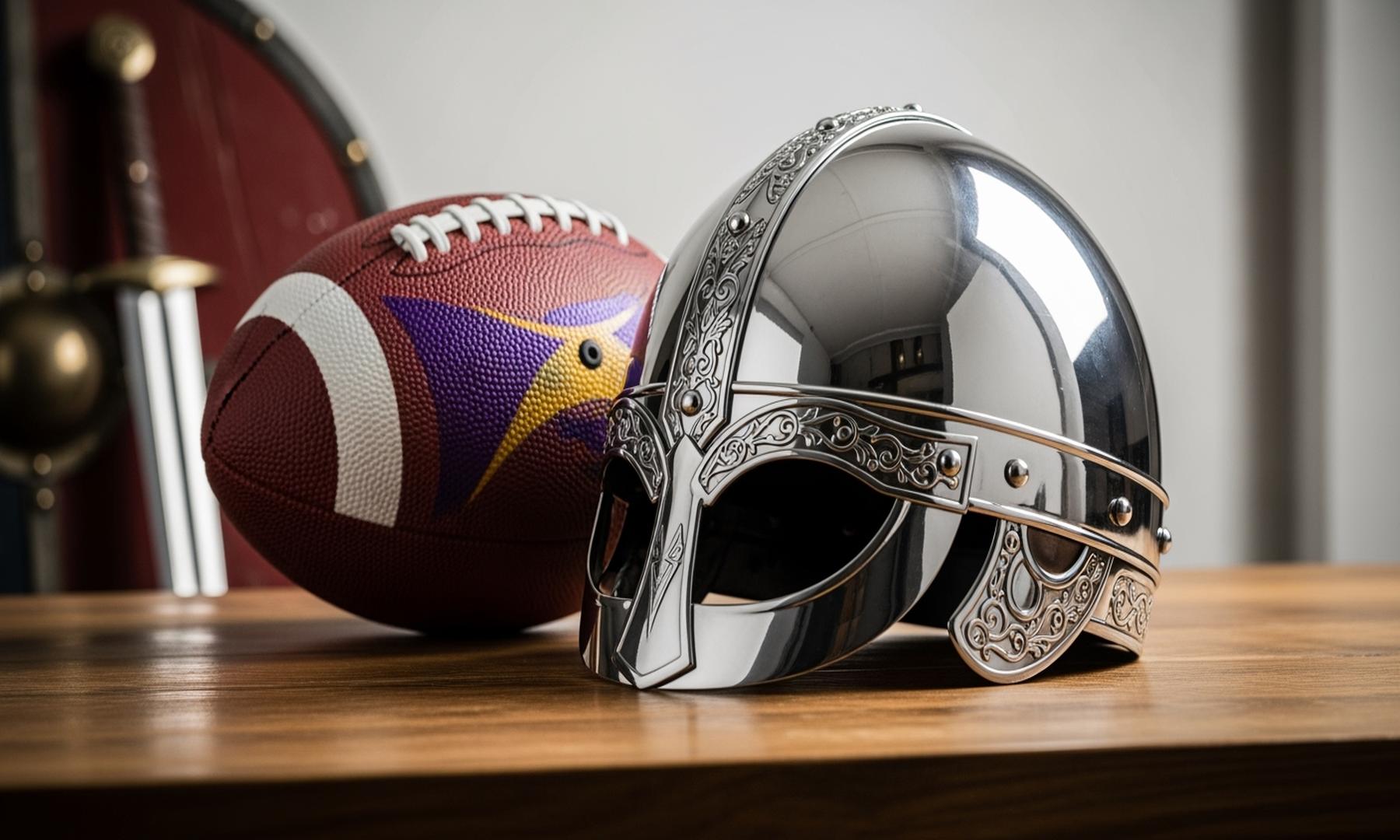What's Happening?
Athletic departments across the United States are increasingly incorporating commercial sponsorship logos on their football fields following a significant NCAA rule change. This development comes after
a multibillion-dollar lawsuit settlement that allows schools to share up to $20.5 million in revenue directly with athletes. The University of Texas, for instance, has added corporate logos to its football field, a move that was previously not considered by its athletic director, Chris Del Conte. This trend is part of a broader effort by schools to generate additional revenue streams, especially as the NCAA considers allowing commercial logos on uniforms next year. Schools like Alabama, Penn State, and Oklahoma have already embraced this change, partnering with various corporations to display logos on their fields.
Why It's Important?
The introduction of corporate logos on college football fields marks a significant shift in the landscape of college athletics, driven by the need for additional revenue streams. This change is particularly important as it aligns with the broader trend of increasing commercialization in college sports. Schools stand to gain financially, which can enhance their ability to offer scholarships and support athletic programs. However, this move also raises questions about the commercialization of college sports and its impact on the traditional values of amateur athletics. While some schools may benefit from lucrative sponsorship deals, others may face challenges in securing similar partnerships, potentially widening the financial gap between institutions.
What's Next?
As the NCAA considers further changes, such as allowing commercial logos on uniforms, schools will likely continue to explore new revenue opportunities. The response from fans and stakeholders will be crucial in shaping the future of these initiatives. Additionally, schools will need to navigate the balance between generating revenue and maintaining the integrity of college sports. The potential for increased commercialization may lead to further discussions about the role of corporate sponsorships in college athletics and their impact on the student-athlete experience.











